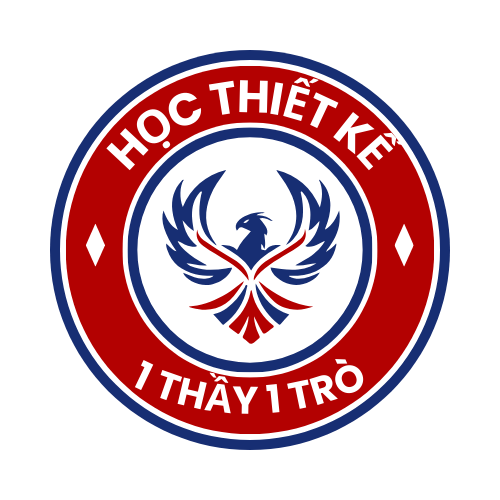global brands, media powerhouses, and cutting-edge commercial frameworks. This sophisticated matrix yielded over €4.5 billion per annum throughout the 2023-2025 period, through commercial partnerships accounting for over a quarter of overall earnings as reported by industry analysts[1][10][11]. https://income-partners.net/
## Primary Income Streams
### Premium Competition Backing
Europe’s premier club competition operates as the financial linchpin, securing twelve multinational backers such as the Netherlands-based beverage giant[8][11], PlayStation (€55M/year)[11], and Doha-based airline[3]. These contracts jointly generate over half a billion euros annually via UEFA-managed contracts[1][8].
Significant partnership shifts feature:
– Industry variety: From traditional beer sponsors to tech giants like Alipay[2][15]
– Regional activation packages: Virtual LED board placements in Asian and American markets[3][9]
– Female competition backing: PlayStation’s parallel strategy spanning men’s and women’s tournaments[11]
### 2. Broadcast Dominance
Television licensing agreements constitute the majority financial component, yielding €2,600 million annually exclusively from Champions League[4][7]. Euro 2024’s broadcast rights surpassed €1.135 billion via agreements across five continents[15]:
– British public broadcasters securing historic ratings[10]
– BeIN Sports (France)[2]
– Asian broadcasting specialist[2]
Technological shifts feature:
– OTT market incursion: Amazon Prime’s tactical acquisitions[7]
– Integrated media solutions: Simulcasting matches via broadcast and online avenues[7][18]
## Financial Distribution Mechanics
### Participant Payment Systems
European football’s financial ecosystem directs the overwhelming majority of profits to stakeholders[6][14][15]:
– Performance-based rewards: Champions League winners secure massive payouts[6][12]
– Development grants: substantial annual contributions for lower-tier teams[14][16]
– Territory-based incentives: UK-based participants received over a billion in domestic deals[12][16]
### 2. National Association Funding
The HatTrick programme allocates 65% of EURO profits by way of:
– Infrastructure projects: Pan-European training center construction[10][15]
– Junior development programs: Bankrolling talent pipelines[14][15]
– Women’s football investments: Equal pay advocacy[6][14]
## Emerging Challenges
### Revenue Gaps
England’s top-flight financial dominance significantly outpaces continental rivals’ earnings[12], creating performance disparities. Monetary control policies attempt to bridge such discrepancies through:
– Salary limitation frameworks[12][17]
– Transfer market reforms[12][13]
– Enhanced solidarity payments[6][14]
### Commercial Partnership Controversies
Despite generating €535M from EURO 2024 sponsors[10], over a sixth of English football backers are betting companies[17], fueling:
– Problem gambling worries[17]
– Legislative examination[13][17]
– Fan backlash[9][17]
Forward-thinking teams are adopting ethical sponsorship models including:
– Environmental initiatives with renewable energy firms[9]
– Local engagement projects backed by banking institutions[5][16]
– Digital literacy collaborations alongside software giants[11][18]
